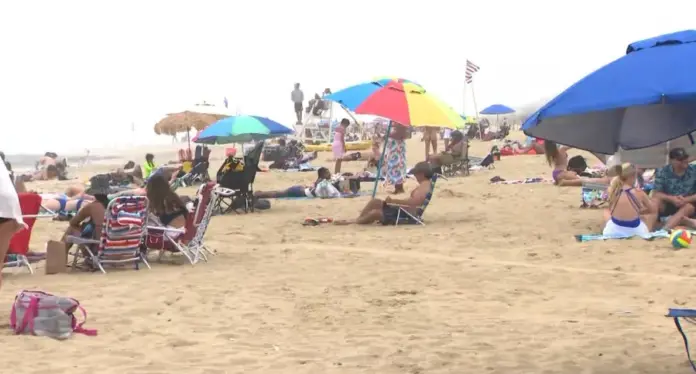A dangerous heat wave has pushed New Jersey into an energy emergency as temperatures broke historical records in many parts of the state. Newark soared to 102°F and Trenton hit 99°F on Wednesday, both the hottest temperatures ever recorded in June. Those intense conditions have caused utility companies to undertake rolling blackouts that will impact around 150,000 people in twelve counties when the electrical infrastructure has difficulty in coping with the unusually high demand.
Critical Infrastructure Pushed to Limits
The grid in New Jersey was at 92% of peak capacity between 3 PM — 6 PM on Wednesday. Jersey Central Power & Light reported widespread transformer failures in Monmouth County, and PSE&G instituted rotating power outages in Essex and Union counties to avert total system collapse. The municipalities have opened twenty-three emergency cooling centers to keep at-risk citizens safe from the deadly temperatures.
State Government Declares Energy Emergency
Gov. Phil Murphy executed emergency measures in a bid to respond to the crisis, including the deployment of National Guard units to help vulnerable populations. It has also required all non-essential government offices to reduce power and temporarily suspended time-of-use pricing to shield customers from large bill spikes. “Restoring power to the few remaining customers continues to… be the top priority for JCP&L and every available resource is dedicated to restoring power safely and as soon as possible,” said the state board’s president Joseph Fiordaliso has said in a statement, according to NJ.com “As we hit the one-week mark of this devastating and crippling storm, JCP&L has dispatched every available worker to get the lights back on and power restored for all our customers.
Public Health Crisis Emerges
Statewide, hospital emergency rooms were seeing significant upticks in heat-related illnesses, officials said, with cases of heat exhaustion rising 143 percent and 22 confirmed cases of heat stroke, or severe overheating. Hospitals have opened up special pediatric wards to address ailing children who often need intensive care. The so-called urban heat island effect has intensified the heat index to a hazardous 112 degrees in urban areas, leading the state’s Health Commissioner, Judith Persichilli, to strongly advise residents without air-conditioning to “take shelter in a cooling center as soon as possible.”
Disproportionate Impact on Vulnerable Communities
The outages are targeting low-income neighborhoods and senior housing complexes. In Camden, N.J., 37 tenants of a senior high-rise needed to be evacuated because backup generators not managed by the housing authority did not support air conditioning for eight hours. The same situation is playing out across the state, with the threat to oft-medically compromised populations particularly acute.
Economic Consequences Mount
The power outages are racking up a substantial economic toll, including an estimated $18 million in spoiled perishable goods. Some 14 water treatment plants have had operational issues, and nine counties have ordered non-essential businesses to close. The New Jersey Business & Industry Association is warning that if outages continue through the end of the week, the economic impact could surpass $75 million.
Grid Modernization Debate Reignited
The crisis has refocused attention here on New Jersey’s $6.8 billion grid modernization plan, which was approved in 2023, with critics noting that only 18% of the projects planned so far have been completed. Energy defenders say the current situation was predictable and preventable, noting that warnings about inadequate summer capacity went out for years.
Extended Heat Wave Forecast
According to the National Weather Service, the extreme heat will continue through Saturday, with nighttime temperatures not dropping below 80°F, and potential thunderstorms on Friday may bring only temporary relief but also cause more damage to the already strained electrical system. Utility providers have called in three hundred extra line personnel from nearby states, but officials said it will take forty-eight to seventy-two hours to bring full power back to the most-affected areas.








